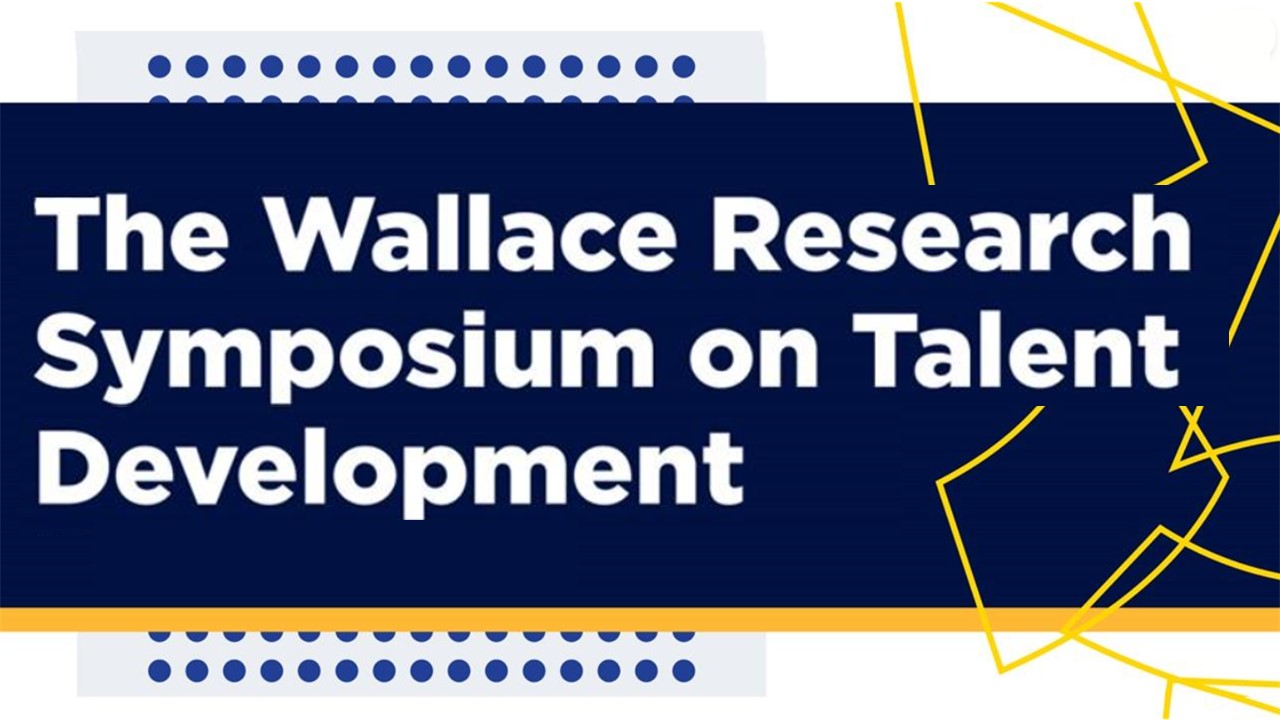
Poster Presentation 22 — (In)discipline and the Invisibility of Gifted Students — Camila Aparecida Garcia
Monday, May 20, 2024, 5:00 – 7:00 pm, Student Union Ballroom, Rooms 330/331
Supported by Gardner’s (1993, 2000) conceptions of intelligence and Renzulli’s (1978, 1986) conceptions of giftedness, this research sought to examine indiscipline. We started with conceptions of indiscipline, intelligence, and High Abilities/Giftedness; we then gathered data through interviews with teachers and an instrument based on the work of Freitas and Pérez (2016). As teachers expect to have a homogeneous and silent class, any behavior other than this is considered indiscipline. Among the characteristics of gifted people are traits such as a sense of humor and asynchrony between intellectual, affective, and motor development. Leadership can be positive or negative and, in general, is directly linked to students being perceived as “undisciplined.” These characteristics become even more visible at school when a student is productive-creative; such a student may become increasingly disgusted with routines, following rules, or the organization of notebooks. Thus, we have invisible gifted students among the undisciplined, who, because they are not identified, do not have their educational needs recognized or met.